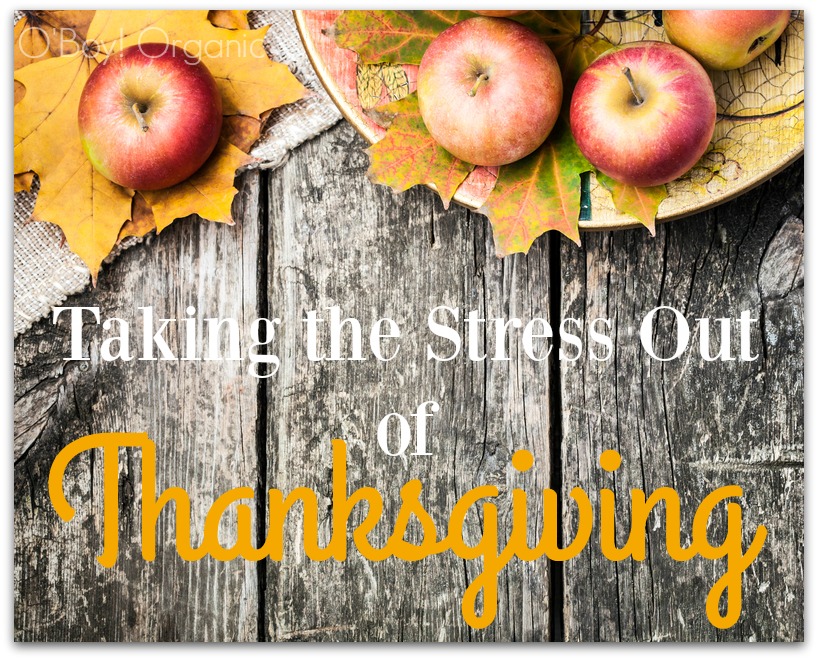Hooray — it’s tax time! OK, few people get quite that excited about filling out government forms, but there’s good reason to appreciate the annual ritual. Tax deductions are a serious perk for homeowners, and they can be a major boon to your family’s finances.
But unless you’re a CPA, it can be easy to miss these deductions, or worse: raise a red flag with the IRS because you got deduction happy. Here are the top six homeowner tax blunders accountants see the most.
1. Missing the Mortgage Interest Deduction
Itemized deductions can be a great way to lower your tax bill. But homeowners, particularly newbies, may be used to claiming the standard deduction because they haven’t had enough of the expenditures that qualify them for itemized filing.
You can deduct the interest portion of your mortgage payments. That might mean your itemized deductions will now exceed the standard, saving you tax dollars.
The savings are at their maximum early on, when most of your mortgage payments go to interest, not principal. Over the years, the balance shifts, and for some it might seem that they lose the itemized advantage. But there’s a way to keep the savings maximized.
The trick is to use an alternating approach to filing, according to Chris Hardy, a certified financial planner with Paramount Investor Advisors in Suwanee, Ga. One year you maximize every deduction you can, including MID, and prepay whatever you can for the next year, such as property taxes and charitable contributions. The next year, you take the standard deduction. Overall, says Hardy, you may end up saving more money.
2. Assuming Everything House-Related is Deductible
Deductions are great, but you can’t write everything off on your taxes. And to stay in the good graces of the IRS, you don’t want to over-deduct.
Talk to your accountant or tax preparer to be straight on allowable deductions, which, for a homeowner, generally means mortgage interest and real estate taxes. You may also deduct points charged on the mortgage in the year you purchased the home.
Related: How — and When — to Deduct Mortgage Points
“A lot of people will try to take homeowners association fees or condo association fees as deductions even though it’s not an allowable deduction,” Hardy says. “I see them try to deduct keeping up the yard as an expense.”
Although claiming unallowable deductions might not immediately flag you for an audit, according to Hardy, if you do get audited for something else, the IRS will look to see what else it can find. The result could then be back taxes, interest, and penalties. And the IRS will likely check as many back years as it legally can.
3. Neglecting Your Home Office
Many people fail to take the home office deduction for fear of being audited, or because it’s just plain hard to calculate if you don’t use the newer, simplified method. (More on that math-saving gem later.) However you compute this deduction, it’s a great way to save some cash.
To qualify for the deduction, your office space must be used regularly and only for business. If you work for someone else, says Hardy, there has to be documentation — it could be an email from a supervisor — that your work at home is required as part of the job and is for the employer’s convenience. In addition, employees can’t take the deduction if they rent any part of their home to their employers and use the rented portion to perform work for the employer.
If your use is legitimate, you can deduct a proportionate amount of a number of expenses, including insurance, repairs, utilities, services, and depreciation, which can really add up. Or you can use the uber-simple method of multiplying the square footage of the office by $5 for your total deduction. Check IRS Publication 587 for details.
And, better yet, if the home office is your base of business, you may get additional deductions from your business income, such as mileage for driving to and from your clients’ locations because now it’s considered a business expense rather than commuting.
Related: 12 Tough Questions (and Answers) About Home Office Deductions
4. Understanding Rental Income
Renting out a room or wing of your house on Airbnb can be a fun way to meet new people and make extra income. It can also have several important tax implications.
When renting out a room in your personal residence, says Greg Freyman, managing partner with Freyman CPA in New York City and Westwood, N.J., the amount of mortgage interest and real estate taxes you can claim as itemized deductions changes. You can only deduct MID and real estate taxes for the portion of the house that isn’t rented. So, if you have a 2,000-square-foot house and rent out a room of 100 square feet, you can deduct 95% of the mortgage interest and taxes on Schedule A.
However, because the rented space is now converted to investment property, you can also take deductions on your rental expenses. Some examples are the rental area’s portion of overall maintenance and utilities, again calculated by the percentage of overall square footage.
But (there’s always a but when it comes to taxes) you can only claim those rental expenses for the time period you rented the space, says Honolulu-based Crystal Stranger, president of 1st Tax Inc. and an enrolled agent who can represent taxpayers before the IRS. If you rented that 100-square-foot room mentioned above, which is 5% of the total space, for a total of six months, you’d take 5% of the maintenance and utilities, divide them by half, and then deduct that amount on Schedule E.
5. Paying a Relative’s Mortgage
Good on you for helping someone in need by covering their mortgage payment, but be a smart philanthropist. No one will get any deductions for those payments if you directly pay the lender, Freyman says, unless you’re listed on the deed.
To increase the chances that someone snags the deduction, make a gift of the money to your parent or other beneficiary and let her be the one to pay the bills — although you won’t get any tax benefit unless you can claim her as a dependent. Treating a relative who doesn’t live with you as a dependent means meeting certain requirements. For instance, you need to have a certain type of relationship with the person and the relative must pass a gross income test.
Also, remember that there’s a limit on the amount of money you can give someone in a year — $14,000 — without incurring a gift tax. If you exceed the annual total, you may have to pay the tax.
6. Never Challenging Property Tax Bills
For many, local property tax is a big chunk of their paycheck, and sometimes that chunk is bigger than it needs to be. “Values go up and down over time,” says REALTOR® and Atlanta attorney Bruce Ailion. “The assessor reassesses areas of town in bulk from time to time. Often these bulk reassessments result in a valuation 10%, 20%, even 50% more than a home’s value.”
Reassessments happen at different times, depending on location, and local and state laws will govern what you must do. Typically, you have fewer than 30 days to challenge the assessment, and, in a large metropolitan area, the process could take as long as a year.
You’ll want to start by checking the assessment data — size of the lot, number of rooms, bathrooms, etc. — to be sure that the facts are correct. If not, the appeals process may be easy.
You can also check to see if the assessment seems reasonable. Work with your real estate pro to get market data, such as info on comparable properties — known as “comps.” Then look at local tax records to see if the value of your property seems overly high in comparison to like properties. You could even hire an independent appraiser, although that can run $350 to $600, undercutting the savings you might ultimately receive.
You then appeal the property tax bill first to the assessor’s office. If the result is unsatisfactory, you may be able to appeal to a local board or possibly to a court. The odds are good enough that appealing usually makes sense. “I’ve done about 150 appeals and never had an increase,” Ailion says. “The worst case is the value stays the same.”





